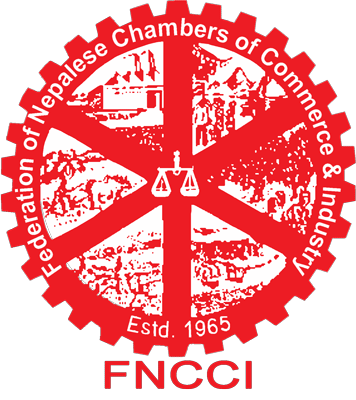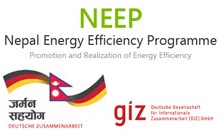- Ensure adequate NPSH at site of installation. Site NPSH should always be higher than required NPSH.
- Ensure availability of basic instruments at pumps like pressure gauges and flow meters.
- Operate pumps near their best efficiency point.
- Restore internal clearances if performance has changed.
- Shut down unnecessary pumps.
- Modify pumping system and pump losses and minimize throttling.
- Adapt to wide load variation with variable speed drives or sequenced control of multiple units.
- Stop running multiple pumps; add a booster pump where needed.
- Use booster pumps for small flow rates requiring higher pressures.
- Increase fluid temperature differentials to reduce pumping rates in case of heat exchangers.
- Repair seals and packings to minimize water loss by dripping.
- Balance the system to minimize flows and reduce pump power requirements.
- Avoid pumping head with a free-fall return (gravity); use siphon effect to advantage:
- Optimize the number of stages in a multi-stage pump in case of head margins.
- Reduce system resistance by pressure drop assessment and pipe size optimization.



